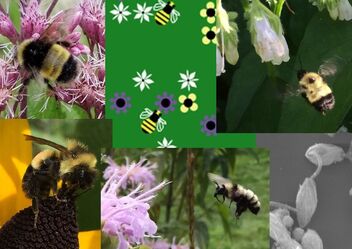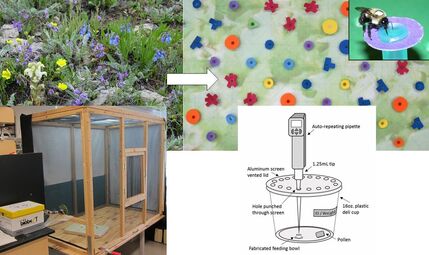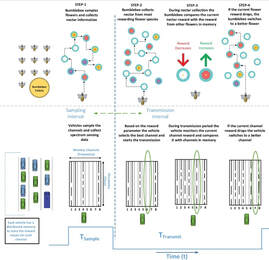Research Projects
We offer a vigorous, highly collaborative research environment that engages and mentors trainees with diverse educational backgrounds and experiences. Some of our current research projects are highlighted below, along with representative publications. See the publications section for more of our work in each area.




